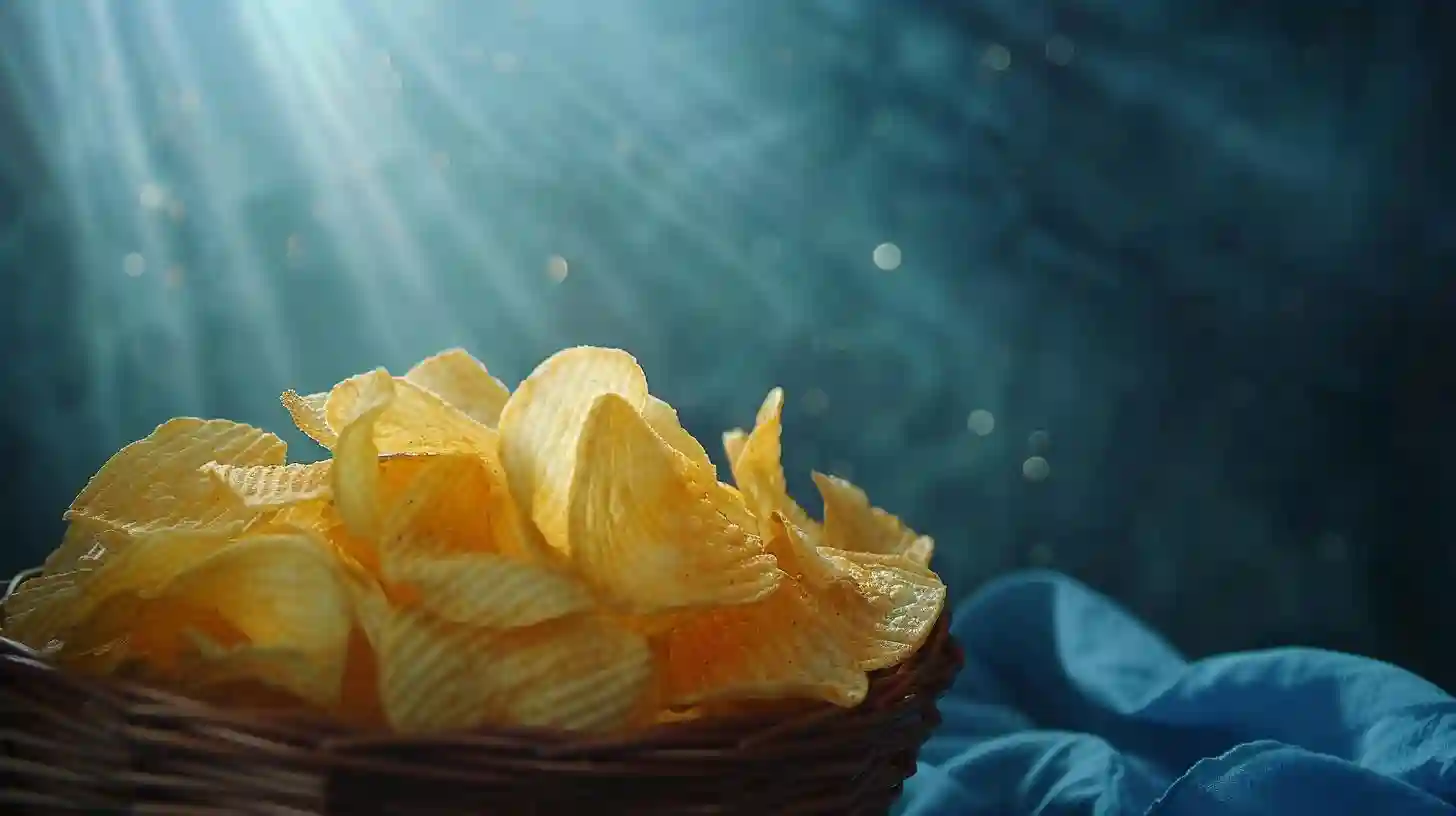
When it comes to popular snack foods, few can match the universal appeal of potato chips. These crunchy, salty treats are loved by people of all ages and can be found almost anywhere in the world. But how did this humble snack become so beloved? Let's take a closer look at the history, production, and cultural significance of potato chips.
Potato chips, also known as chips in some parts of the world, have a surprisingly long and storied history. Although the exact origins of potato chips are debated, it is widely believed that they were first created in the United States in the mid-19th century. Legend has it that the idea for potato chips was born out of a culinary accident when a restaurant chef in Saratoga Springs, New York, sliced potatoes too thin and decided to fry them as a joke. The resulting crispy, golden brown chips were an instant hit with customers, and the rest is history.
Potato chips, which began in a small town in upstate New York, quickly spread across the country and eventually throughout the world. Today, they are a staple snack in countless households and millions of people enjoy them every day. But how exactly are potato chips made?
Making potato chips is a surprisingly complex process that requires close attention to detail. It all starts with choosing the right potato variety. Potatoes with a high starch content, such as russets, are ideal for making chips because they hold their shape well when fried. After the potatoes are selected, they are washed, peeled and cut into thin, even pieces.
Next, the potato slices are fried in hot oil until crispy and golden brown. This step is critical because it is what gives the potato chips their signature crunch and flavor. After frying, the chips are seasoned with salt or other spices to improve the taste. Finally, the chips are cooled and packaged for sale.
While making potato chips may seem simple, it actually takes a lot of art and science to create the perfect potato chip. Factors such as oil temperature, frying time and seasonings play a role in determining the final quality of the chips. It's this attention to detail that separates a good bag of potato chips from a great one.
But potato chips are more than just a tasty snack: they also hold a special place in popular culture. From the classic potato chip and sandwich combo to the iconic image of a bag of chips at a summer picnic, these humble snacks are firmly ingrained in our collective consciousness. In fact, potato chips have inspired countless works of art, literature, and even music.
One of the most famous examples of potato chips in popular culture is the song "My Girl's Pussy" by Harry Roy and His Orchestra, which contains the memorable lyrics: "Now I get it, my girl's pussy has turned to water, potato." Chips" Besides being immortalized in songs, potato chips have also been used in numerous films and television shows, often as a symbol of comfort and familiarity.
Potato chips have experienced something of a renaissance in recent years, with an increasing focus on artisanal and gourmet varieties. These chips often have unique flavors and ingredients, such as truffle oil, sea salt or exotic spices, that set them apart from traditional mass-produced brands. While these gourmet chips may cost more, potato chip fans are willing to pay the extra price for a truly exceptional snack.
Potato chips may seem like a simple snack, but their history, production, and cultural significance are far from ordinary. From humble beginnings in a small town in upstate New York to becoming a favorite snack around the world, potato chips have come a long way in a relatively short time. Whether you prefer the classic salty chip or the gourmet variety, one thing is clear: Potato chips will have a special place in our hearts and on our snack shelves for years to come.